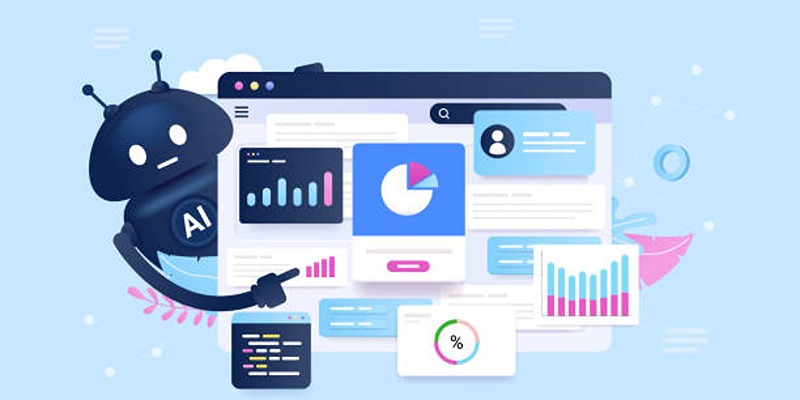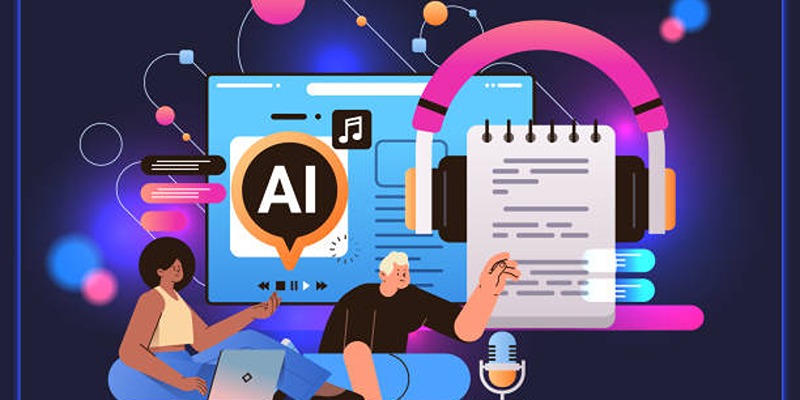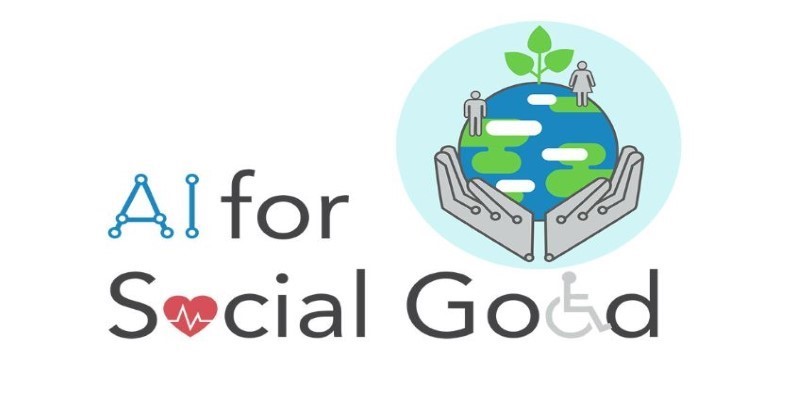Voice assistants have revolutionized the way enterprises operate, streamlining workflows, enhancing productivity, and improving customer experiences. This article explores the evolution of voice assistants in enterprise settings, highlighting key milestones, their impact on business processes, and future possibilities. We’ll examine how these technologies are transforming industries and reshaping the modern workplace.
Early Days of Voice Assistants

The roots of voice assistants lie in the initial speech recognition technology evolved during the mid-20th century. The early breakthroughs, for instance, IBM Shoebox during the 1960s and DARPA Speech Understanding Research program during the 1970s, formed the foundation for contemporary voice technologies.
These early applications were mostly geared towards detecting small vocabularies and doing simple tasks, giving birth to voice-based human-computer interaction. By the early 2000s, research in artificial intelligence and natural language processing led to a new generation of voice assistants that could recognize and act upon more sophisticated commands.
Limitations in Early Enterprise Applications
Though promising, early voice assistants were heavily constrained upon adoption in enterprise environments. They were not very accurate at recognizing varied accents, dialects, and industry terminology, which compromised their consistency in a work-related context. Moreover, their failure to integrate with enterprise systems and tools made their use less viable and more cumbersome for companies.
Security issues, including the protection of sensitive company information, and the lack of customization options further deterred their use. These issues highlighted the necessity for more developed technologies that could tackle the intricacies of enterprise application cases.
Advances in Voice Technology
Machine Learning (ML) and Artificial Intelligence (AI) have been crucial to enhancing speech recognition and natural language processing (NLP) accuracy. By implementing sophisticated algorithms and deep models of learning, such technologies have improved the comprehension of context, accent, and language variations by the systems. With AI-infused voice technology, systems now learn from how a user uses a feature through behavioral adaptation and produce more contextualized and accurate outputs.
This advancement has been pivotal in alleviating previous issues, like misunderstanding intricate sentences or grappling with regional accents. AI and ML combined continue to transform voice technology by making it more dependable, effective, and seamless for personal and business use.
Adoption in Enterprise Environments

AI-powered voice technology is rapidly gaining traction in enterprise environments, offering enhanced productivity and streamlined communication processes. Businesses are leveraging these advancements to improve customer interactions, automate routine tasks, and encourage collaboration.
1. Automation of Routine Tasks
AI-driven voice systems excel at automating repetitive workflows like scheduling, data entry, and call routing. By reducing manual intervention, these systems save time and minimize errors. Employees can focus on higher-value tasks, boosting overall workplace efficiency and productivity. This automation also ensures real-time responsiveness, critical for dynamic business needs.
2. Enhancing Customer Service
Voice AI solutions significantly enhance customer interactions with features like intelligent chat, personalized responses, and 24/7 availability. Virtual assistants handle inquiries faster and provide tailored support, improving customer satisfaction. Additionally, advanced sentiment analysis enables businesses to better understand customer emotions, refining services to meet expectations effectively and responsively.
3. Enabling Remote Collaboration
AI voice tools are invaluable for optimizing team collaboration, particularly in remote or hybrid work environments. Real-time transcription, voice commands for scheduling, and language translation foster seamless communication. These features ensure every team member remains connected and aligned, regardless of geographical location or time zones, driving project success.
4. Strengthening Data Security
AI voice technologies integrate advanced encryption and biometric authentication, boosting security for sensitive interactions. Voiceprints, for instance, uniquely identify users, reducing fraud risks. Enterprises in sectors like banking and healthcare benefit greatly, ensuring compliance with stringent regulatory standards while providing secure, trusted user experiences.
5. Personalizing User Experiences
Businesses can tailor services using AI-powered voice interfaces by leveraging customer data and preferences. From recommending products to customizing interactions, these systems enhance user personalization. This targeted approach strengthens customer loyalty and retention, adding measurable value to business-customer relationships.
6. Supporting Accessibility Efforts
Voice technology provides significant accessibility benefits, making services available to individuals with disabilities or those facing barriers to traditional communication methods. Features like voice-to-text, voice commands, and language flexibility ensure inclusivity. Businesses adopting these technologies demonstrate commitment to accessibility, expanding their reach to a broader audience.
Challenges and Considerations
The implementation of voice technology is not without its hurdles. While the potential is immense, businesses must carefully address various challenges to ensure successful integration and user satisfaction.
1. Privacy and Security Concerns
One of the primary challenges of voice technology is ensuring data privacy and security. Voice interactions often involve the exchange of sensitive information, making them vulnerable to data breaches or unauthorized access. Implementing advanced encryption methods, secure data storage, and clear privacy policies is crucial to safeguarding user trust and compliance with regulations such as GDPR or CCPA.
2. Accuracy and Language Barriers
Voice recognition systems can face challenges with accuracy, particularly in understanding diverse accents, dialects, or languages. Misinterpretations can lead to frustration or errors in communication. Optimizing algorithms, employing natural language processing, and expanding multilingual support are vital steps to enhance system accuracy and provide a seamless experience for all users.
3. Cost of Implementation
Adopting voice technology often requires significant financial investments in infrastructure, research, and training. For smaller businesses, these costs can be a deterrent. To mitigate this, organizations can explore scalable solutions or collaborate with technology providers offering affordable and customizable packages to align with their budget constraints and growth strategies.
What's Next
The future of voice technology is filled with potential, driven by advancements in AI and consumer demand for more convenient solutions. Businesses must stay ahead of these developments to remain competitive and deliver innovative experiences.
1. AI-Powered Personalization
Future voice technology trends will lean heavily on AI to deliver highly personalized interactions. Systems will recognize individual user preferences, behaviors, and emotions to tailor experiences accordingly. This deep personalization will improve customer satisfaction and foster stronger brand loyalty, as users feel more understood and valued in their interactions.
2. Multilingual Capabilities
With globalization on the rise, voice technology will increasingly focus on multilingual capabilities. Advanced language processing systems will support seamless communication across different languages in real-time. This will open up new opportunities for businesses to reach wider audiences while breaking down linguistic barriers, creating a more inclusive global market.
3. Integration with IoT Devices
The integration of voice technology with Internet of Things (IoT) devices will become more prevalent. From smart homes to connected cars, voice assistants will serve as the central hub for controlling a variety of devices. This trend will make interactions more efficient and enhance user convenience, as everyday tasks become even more simplified.
Conclusion
Voice technology is advancing rapidly, changing how we interact with devices and access information. Its ability to personalize experiences, bridge language gaps, and integrate with IoT devices underscores its growing importance in daily life. As adoption increases, it will redefine convenience, productivity, and accessibility, transforming industries and improving user experiences. By addressing challenges like privacy and security, voice technology will create a more connected and efficient future, cementing its role in modern life. The future of voice is bright.











